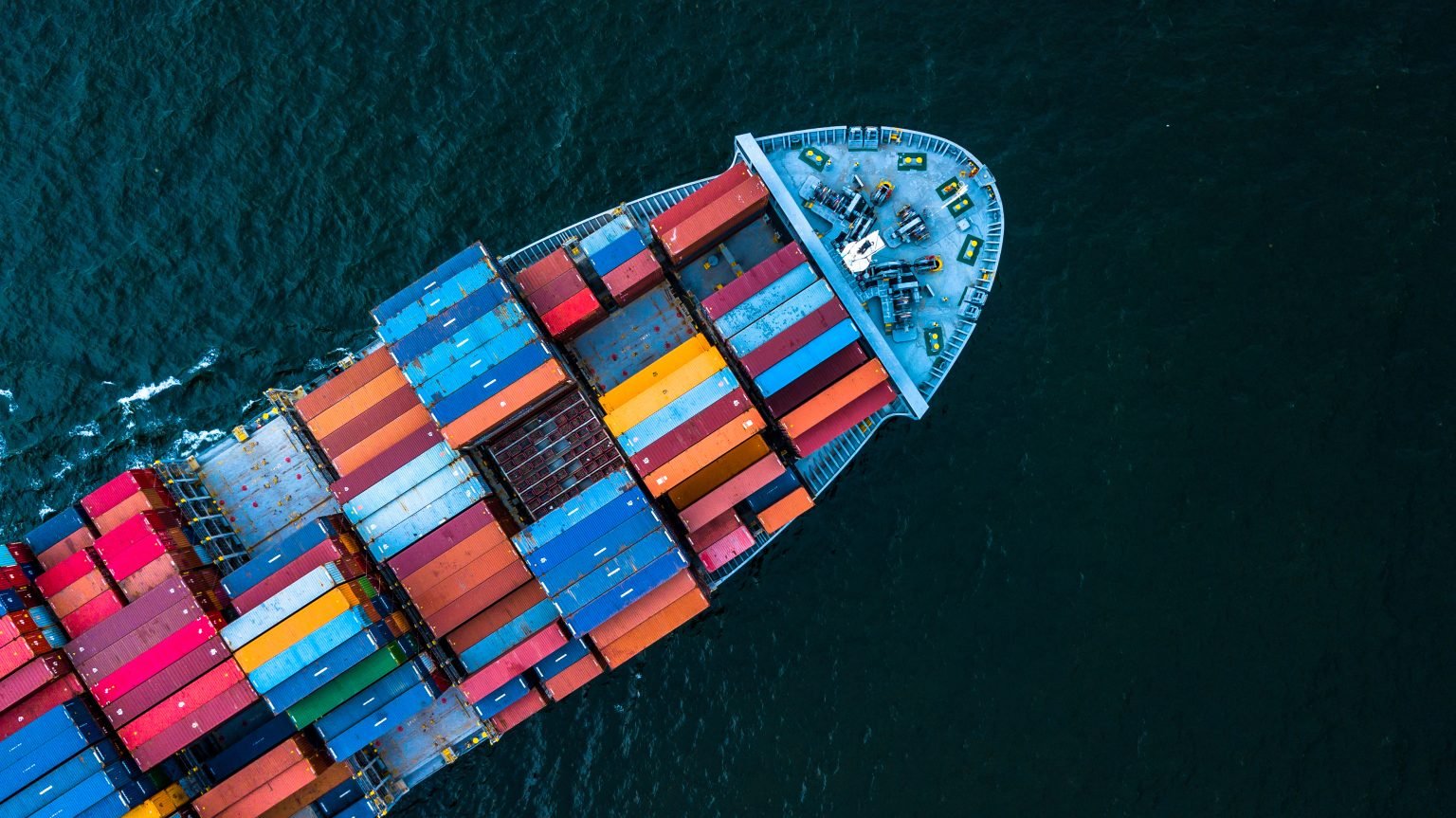International trade is a critical driver of global economic growth, connecting countries, industries, and consumers across the world. As we move into 2024, the global trade landscape is witnessing significant shifts influenced by technological advancements, geopolitical events, consumer preferences, and environmental concerns. Businesses involved in global trade must stay ahead of these emerging trends to remain competitive and successful.
This article explores the key trends shaping international trade in 2024 and provides insights on how businesses can navigate this evolving landscape.
1. The Growing Impact of Digitalization
Digital transformation in trade processes has been a game-changer for global commerce. Businesses are increasingly using digital tools to automate, streamline, and enhance various aspects of trade. From digital contracts to blockchain-based transactions, digitalization is making trade faster, more secure, and more cost-effective.
One of the most significant technological trends is the rise of blockchain technology in international trade. Blockchain ensures transparency and security in transactions, minimizing the risk of fraud. Smart contracts, powered by blockchain, are automating the execution of trade agreements, reducing the need for intermediaries and speeding up trade processes. Businesses that embrace these digital innovations are better positioned to thrive in a competitive global market.
Artificial Intelligence (AI) is also playing a transformative role. AI-powered tools are being used to forecast demand, optimize supply chains, and manage risks more efficiently. As international trade becomes more complex, AI helps businesses make data-driven decisions and respond quickly to market changes, reducing costs and improving overall efficiency.
2. Sustainable Trade Practices on the Rise
Sustainability is no longer just a buzzword; it has become a core component of international trade. With growing environmental concerns, businesses are being pushed to adopt eco-friendly practices. Governments, regulatory bodies, and consumers are demanding more responsible sourcing, manufacturing, and distribution processes.
In response, businesses are embracing the circular economy model, which focuses on reducing waste, recycling materials, and extending the life of products. This shift is creating opportunities for companies to market their products as eco-friendly, gaining favor with environmentally conscious consumers.
Moreover, green trade agreements are emerging as governments prioritize environmental considerations in their trade policies. These agreements promote the trade of sustainable products and encourage businesses to reduce their carbon footprint by adopting cleaner technologies and greener logistics solutions.
3. Regional Trade Agreements Gaining Momentum
While globalization continues to be a driving force in international trade, 2024 is seeing a shift towards regionalization. Regional trade agreements (RTAs) such as the Regional Comprehensive Economic Partnership (RCEP) in Asia and the United States-Mexico-Canada Agreement (USMCA) are becoming more prominent. These agreements facilitate trade within specific regions by reducing tariffs, harmonizing regulations, and promoting economic cooperation.
The move towards regionalization is partly driven by the need to diversify supply chains. Geopolitical tensions and the COVID-19 pandemic exposed vulnerabilities in global supply chains, prompting businesses to shorten their supply lines and source products from neighboring countries. By focusing on regional trade, companies can mitigate the risks associated with long-distance logistics, trade wars, and political instability.
4. The Influence of Geopolitical Events
Geopolitical factors play a crucial role in shaping international trade. In recent years, trade wars, tariffs, and sanctions have disrupted global trade flows, creating uncertainty for businesses. The ongoing U.S.-China trade conflict is one example of how political tensions can lead to the imposition of tariffs and trade barriers that affect global supply chains.
In 2024, businesses need to remain agile and develop contingency plans to deal with potential trade disruptions caused by geopolitical events. Diversifying suppliers and markets, as well as building resilient supply chains, are key strategies for managing risks in an increasingly volatile geopolitical environment.
5. The Surge in E-Commerce and Cross-Border Trade
E-commerce continues to be a significant driver of international trade, with more businesses and consumers turning to online platforms for cross-border transactions. The pandemic accelerated the shift towards online shopping, and this trend shows no signs of slowing down in 2024. Global e-commerce platforms like Amazon, Alibaba, and Shopify are making it easier for businesses to reach international customers.
Businesses involved in cross-border e-commerce must focus on localization to succeed in diverse markets. This includes tailoring product descriptions, pricing, and customer service to suit local preferences and regulatory requirements. Companies that prioritize localization and personalized experiences will have a competitive edge in capturing international customers.
6. Supply Chain Resilience and Innovation
The pandemic and other global disruptions have highlighted the importance of supply chain resilience. In 2024, businesses are investing in technologies like IoT (Internet of Things) and smart sensors to track shipments in real-time, monitor conditions, and reduce delays. These technologies allow companies to maintain greater control over their supply chains and ensure timely delivery of products.
Moreover, artificial intelligence (AI) and big data analytics are being used to forecast demand, optimize inventory levels, and streamline operations. By leveraging these tools, businesses can enhance the efficiency and flexibility of their supply chains, making them more adaptable to disruptions.
7. The Growing Demand for Ethical Sourcing
Modern consumers are more socially conscious than ever before, demanding greater transparency and ethical practices in sourcing and production. Businesses involved in international trade are under pressure to ensure that their products are sourced responsibly, with fair labor practices and environmentally friendly methods.
Companies that adopt ethical sourcing practices are not only meeting regulatory requirements but also enhancing their brand reputation and winning the loyalty of socially responsible consumers. Transparency in the supply chain, particularly through the use of blockchain technology, is becoming a key differentiator for businesses.
Conclusion
The international trade landscape in 2024 is shaped by digitalization, sustainability, regionalization, and evolving consumer preferences. Businesses must adapt to these trends by embracing technology, diversifying supply chains, and prioritizing sustainability and ethical practices. By staying ahead of these emerging trends, companies can navigate the complexities of global commerce and position themselves for long-term success in an increasingly interconnected world.

Leave a Reply